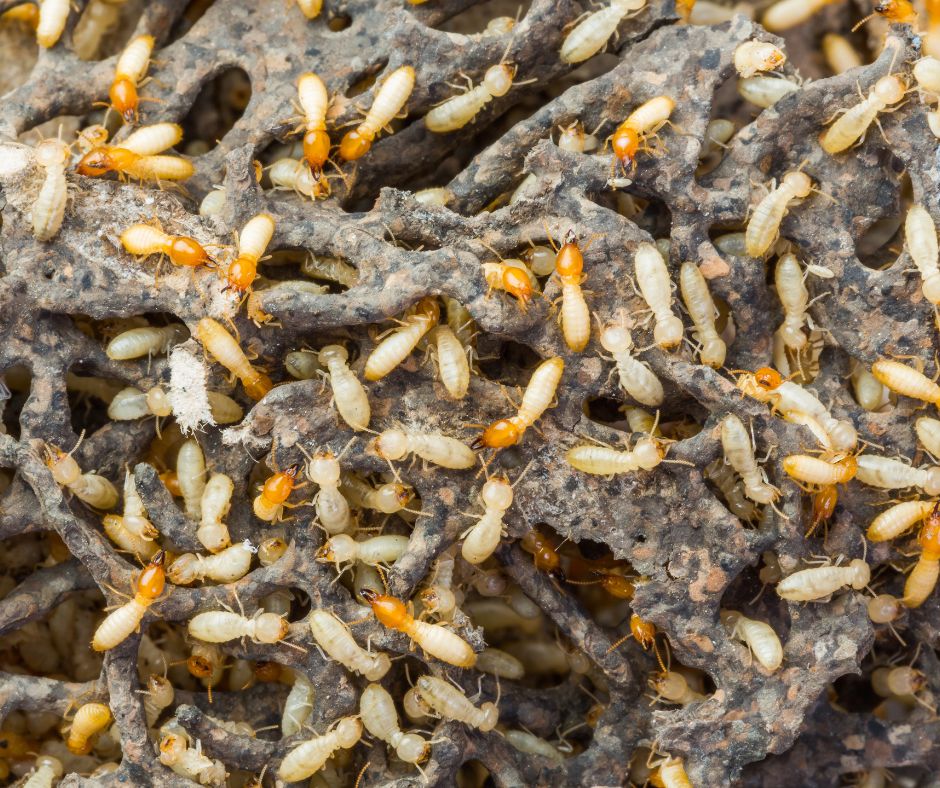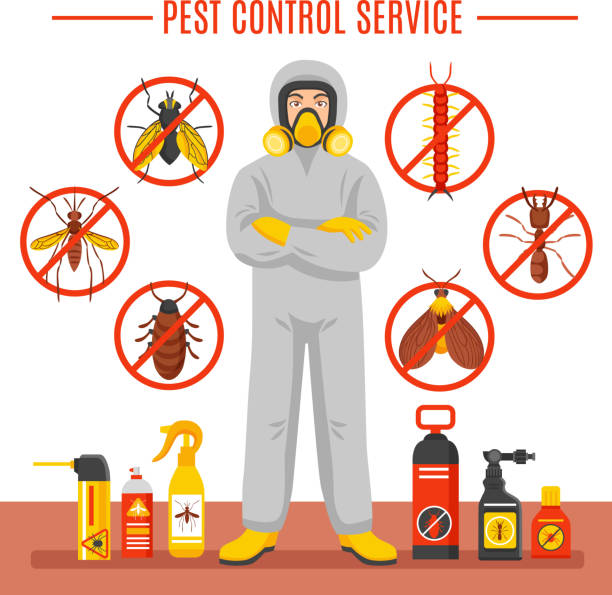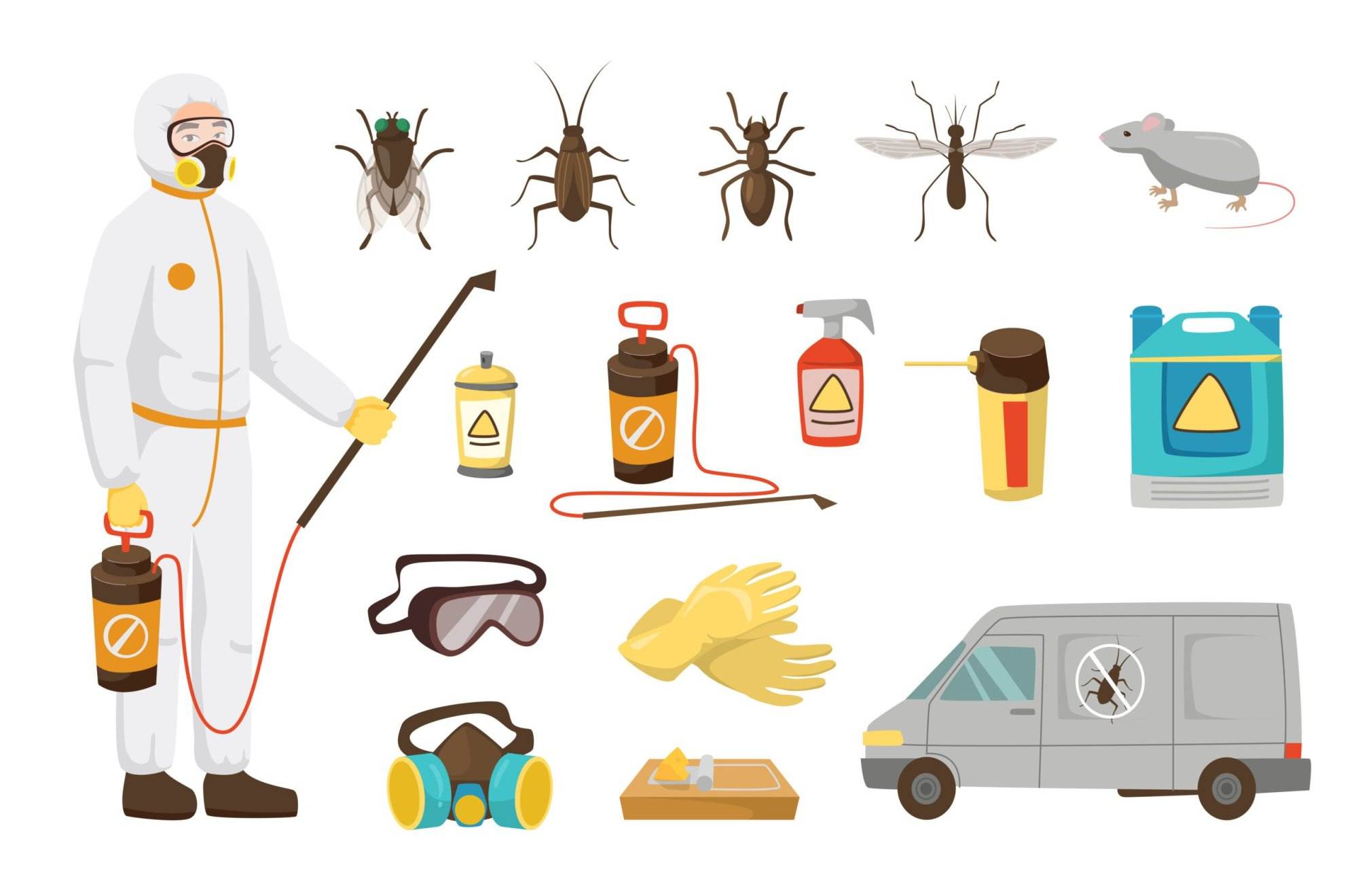Main Benefits of Termite Treatment Port Charlotte for Preventative Protection
Learn Regarding the most up to date Advancements in Parasite Control and Exactly How to Carry Out Efficient Treatment Solutions
In recent years, the field of pest control has experienced significant developments, driven by the requirement for efficient and lasting therapy remedies. Innovative techniques such as Integrated Bug Monitoring (IPM) integrate eco-friendly methods with innovative modern technology, enhancing both effectiveness and environmental duty.
Eco-Friendly Pest Control Options
Over the last few years, the need for eco-friendly bug control choices has actually risen as services and house owners alike look for lasting options to typical chemical treatments. This change is driven by expanding environmental awareness and a need to reduce the wellness threats linked with synthetic pesticides.

Eco-friendly pest control methods include a variety of methods that prioritize making use of all-natural substances and methods. Integrated Bug Monitoring (IPM) is one such method, integrating biological, social, and mechanical strategies to handle bug populaces while lowering dependence on chemicals (Wildlife removal services). This holistic approach emphasizes avoidance with environment control and the intro of natural killers, therefore fostering a well balanced ecological community
An additional prominent choice is the use of organic chemicals derived from plants, which tend to be less dangerous to non-target microorganisms. Products like neem oil and diatomaceous earth have actually gained grip for their performance in regulating parasites while positioning very little threats to human health and wellness and the atmosphere.
Furthermore, exemption strategies, such as securing entry factors and maintaining cleanliness, play a critical role in eco-friendly pest management. By embracing these lasting methods, individuals and businesses can efficiently manage bugs while advertising a healthier planet for future generations.
Smart Modern Technology in Insect Management
Technology is improving the landscape of bug monitoring, with wise technology becoming a critical force in improving performance and efficiency - Wildlife removal services. The integration of Net of Things (IoT) devices, expert system (AI), and information analytics is revolutionizing how bug control specialists come close to invasions
Smart catches geared up with sensing units can detect bug task in real-time, sending out immediate signals to operators. This enables for prompt feedbacks, lessening damage and decreasing the demand for substantial treatments. Furthermore, AI formulas evaluate historic data to forecast pest habits, allowing proactive interventions based upon ecological conditions and infestation patterns.
Drones and computerized automobiles are likewise playing a considerable function in bug management, providing aerial analyses of huge locations, recognizing hotspots, and also distributing targeted therapies. These modern technologies not just improve operations but likewise improve safety by restricting human direct exposure to possibly hazardous chemicals.
Additionally, mobile applications equip consumers to check bug activity and access professional guidance, promoting a collective technique to pest administration. Overall, the adoption of wise modern technology is establishing a brand-new standard in pest control, stressing data-driven choices and lasting methods that inevitably benefit both specialists and home owners alike.
Integrated Insect Management Strategies
Integrated Parasite Administration (IPM) uses a holistic method to pest control, incorporating various techniques to properly manage parasite populations while minimizing risks to human health and the environment. IPM rotates around recognizing the pest life process, their natural enemies, and the ecological community in which they flourish.
One of the basic parts of IPM is keeping an eye on pest populaces with regular assessments and information collection. This enables the identification of insect thresholds, figuring out when treatment is essential. Social methods, such as plant sanitation, turning, and environment manipulation, are vital in minimizing parasite frequency and advertising plant health and wellness.
Mechanical controls, consisting of obstacles and catches, are additionally essential in IPM. These methods can physically remove or discourage insects without using chemicals. When necessary, the judicious application of chemical controls is employed, concentrating on targeted treatments that decrease ecological effect.
Education and collaboration amongst stakeholders, consisting of farmers, insect control professionals, and the community, are crucial for the effective implementation of IPM strategies. By focusing on lasting methods, IPM not just addresses pest concerns yet additionally promotes a healthier ecosystem.
Biological Control Approaches
Various biological control techniques are increasingly recognized for their efficiency in managing parasite populations while advertising environmental equilibrium. These methods harness natural killers, parasites, and virus to lower pest numbers without counting on synthetic chemicals. As an example, the introduction of ladybugs can properly regulate aphid populaces, while nematodes target soil-dwelling insect larvae.
In addition, using microbial chemicals, such as Bacillus thuringiensis (Bt), offers an eco friendly option for taking care of caterpillar pests. wildlife pest control These products especially target pest types, decreasing damage to valuable bugs and pollinators. Conservation biological control emphasizes improving environments click for natural enemies, such as birds and helpful pests, thus urging their visibility in farming systems.
Research remains to expose innovative strategies within this area, such as the use of pheromones to interrupt pest mating patterns or the advancement of biocontrol agents with genetic design. Applying these approaches can result in sustainable insect monitoring practices that alleviate the reliance on chemical treatments, ultimately cultivating much healthier ecosystems. As awareness of these methods expands, they are coming to be indispensable parts of incorporated parasite management (IPM) techniques, providing a balance between effective parasite control and ecological stewardship.
Do It Yourself Parasite Control Solutions
As homeowners seek reliable means to deal with bug problems, DIY insect control solutions have actually obtained appeal for their accessibility and cost-effectiveness. These approaches encourage individuals to deal with infestations making use of easily offered materials and strategies, usually without the demand for expert intervention.

Furthermore, preserving appropriate sanitation and regular inspections can avoid pest access and nesting (Wildlife removal services). Straightforward techniques, such as sealing cracks, getting rid of food resources, and decluttering, can dramatically reduce insect populations. Catches, both homemade and readily readily available, can additionally supply efficient services for monitoring and regulating details bugs like rats or bugs

Final Thought
The combination of environment-friendly parasite control choices, clever technology, and innovative monitoring approaches presents a comprehensive method to efficient bug monitoring. By embracing Integrated Pest Management (IPM) and making use of organic control approaches, along with do it yourself services, responsible and lasting insect control can be accomplished. These developments not just enhance the effectiveness of bug management techniques but additionally add to a much healthier environment. Applying these techniques cultivates a balanced ecological community while successfully resolving pest populations.
Environmentally friendly parasite control methods include an array of strategies that prioritize the use of natural materials and techniques. Integrated Insect Monitoring (IPM) is one such approach, combining biological, cultural, and mechanical techniques to take care of parasite populations while minimizing dependence on chemicals. As recognition of these strategies expands, they are coming to be integral components of integrated insect administration (IPM) methods, supplying an equilibrium in between reliable parasite control and ecological stewardship.
The assimilation of environment-friendly parasite control options, wise modern technology, and ingenious monitoring approaches offers a thorough strategy to reliable bug administration. By embracing Integrated Insect Management (IPM) and utilizing organic control approaches, together with DIY solutions, sustainable and responsible bug control can be accomplished.